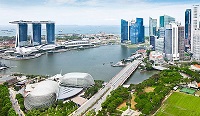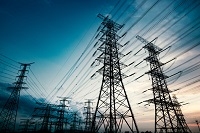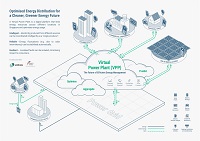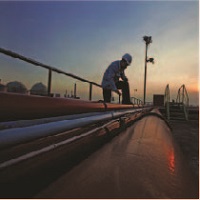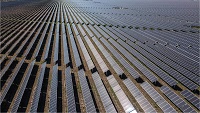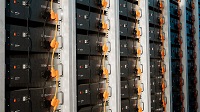For more information, please refer to:
Singapore, 4 December 2012 – The International Energy Agency (IEA) today held the Southeast Asia launch of its flagship World Energy Outlook (WEO) publication in Singapore, noting that dramatic changes to the global energy system would have wide-ranging implications on energy production, policy decisions and the geopolitical landscape. Asia is a key region in this regard due to its growing share of demand for energy resources, said this year's report.
IEA Chief Economist and WEO lead author, Dr Fatih Birol, highlighted several key insights from the publication, including the energy renaissance in the United States. Resurgence in oil and gas production in the United States is accelerating an ongoing shift in international oil trade towards Asian markets. This is necessitating a greater focus on the security of strategic transport routes. Among other developments, several countries are retreating from nuclear power generation while there is continued growth in the use of renewable technologies.
More, however, needs to be done to improve energy efficiency and ensure that the global energy system remains on a more sustainable path, said Dr Birol. He noted that the central scenario of WEO 2012 shows that several conflicting trends persist – energy demand and CO2 emissions are rising; energy market dynamics are increasingly determined by emerging economies; fossil fuels are still dominant as sources of energy; and the world is lagging in providing universal energy access to the under-privileged.
Said Dr Birol,"Our analysis shows that in the absence of a concerted policy push, two-thirds of the economically-viable potential to improve energy efficiency will remain unrealised through to 2035. Action to improve energy efficiency could delay the complete 'lock-in' of the allowable emissions of carbon dioxide under a 2oC trajectory – which is currently set to happen in 2017 – until 2022, buying time to secure a much-needed global climate agreement. It would also bring substantial energy security and economic benefits, including cutting fuel bills by 20 per cent on average."
The report also confirms that the 10 economies of the Association of Southeast Asian Nations (ASEAN) are set to play a key role in global energy markets over the next quarter century. Southeast Asia's energy demand is expected to expand by over four-fifths over the period. Alongside rising energy needs in China and India, this robust growth is refocusing the global energy landscape increasingly towards Asia. "But many challenges will need to be overcome if Southeast Asia is to meet its growing needs at affordable prices and in a sustainable manner," said Dr Birol.
WEO 2012 sets out updated projections of energy demand, production, trade, investment and carbon-dioxide emissions, broken down by country, fuel and sector, from now to 2035. These projections are used by the public and private sector as a framework for policymaking, planning and investment decisions, and to identify the impact of current trends on energy security, environmental protection and economic development for specific regions.
Singapore was IEA's first Southeast Asia stop to launch the WEO 2012. The report is available for purchase at www.worldenergyoutlook.org and accredited journalists who require more information or wish to receive a complimentary copy should contact ieapressoffice@iea.org
A copy of Dr Fatih Birol's slides is attached.
